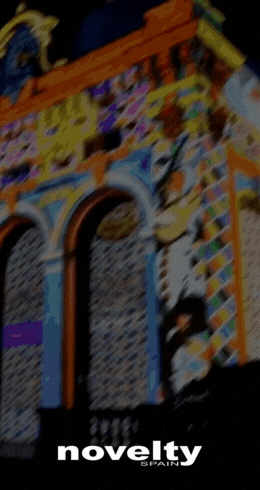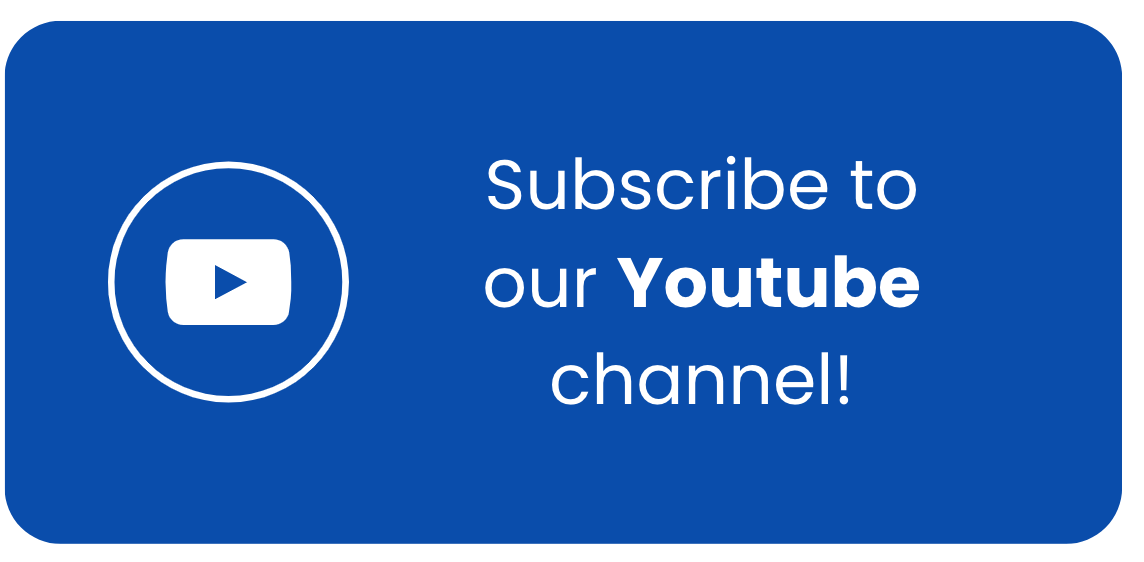Dushow Spain is now Novelty Spain
Thinking of holding a digital event? Here are 11 things you should know
The digital transformation of events is a challenge that a growing number of companies are tackling with determination.
The need to evolve and adapt to the event industry state of the art is imminent: connecting people in remote locations, organizing real-time voting, using virtual and/or augmented reality to keep your audience active, and of course, saving on costs. Over the past two years, the number of virtual events and hybrid events held has grown by nearly 60%.
Do you know the terminology you need to set up and run a digital event? This post explores 11 key concepts you’ve probably heard about by now.
Broadcasting
A broadcast is the mass diffusion of information in data packets through computer networks. The term is used in information technology and telecommunications. Its definition can vary depending on the field it is applied to.
On the Internet, broadcasting is frequently called streaming: a continuous delivery of digital content. This is the case of streaming at events.
Breakout Rooms
Breakout rooms are a functionality offered by a number of on-line platforms, such as Zoom, to divide participants in a session into smaller groups. With support from the platform, different activities can be carried out, and diverse techniques implemented to encourage participation of on-line participants and promote greater engagement. For example, you can use these rooms for your sponsors to have more in-depth conversations, conduct demonstrations with digital event attendees or simply establish contacts and discussions in small groups.
Polling / surveys
Surveys are a way for you to interact with the audience and can be used at your digital event to promote audience participation. Some platforms offer survey capabilities as a built-in feature.
In general, at digital events surveys should be thought of along with the questions and answers (Q&A) or the chat features as ways to support audience participation.
Video conference
This term tends to be lumped together with others like “webcasting” or “webinar” because of the use of words like “live video” and “conference”. What’s more, there are many programmes that combine webinars and a video-conference in a single place, which has blurred the defining line of where one ends and another begins. The real difference lies in the fact that video conferences are always held in real time, and are multidirectional. Participants usually have control over their own microphone and camera. Some of the more common video conferencing tools are Zoom, Google Hangouts or GoToMeeting.
Webinar
Webinars are defined as interactive meetings or webinars held on-line. Webinars tend to have a smaller audience and a bidirectional format. In other words, there is a lot more cooperation between participants and host (usually by way of features such as chat, on-screen interaction, questions and answers, whiteboard, etc.).
The focal point of audience attention is usually the slides being presented, but they can also feature a video feed through the webcam. Usually, only the speakers share their microphone and camera. Webinars can be live or pre-recorded, and their content is often made available to be viewed by streaming later. Generally, webinars are stand-alone activities, more than parts of an event.
VIDEO ON DEMAND (VOD)
Video on demand, or on-demand TV, is an over-the-top (OTT) television service. The multimedia broadcast format gives users the chance to access specific content, whenever requested, viewing it on-line through their device of choice. For example, whenever a digital event is recorded, it can be made available for on-demand viewing at a later time. This is video on demand (VOD).
Virtual Booth
Just like sponsors and exhibitors have their stands or booths at trade fairs or exhibition halls, digital event software enables users to build virtual booths for their virtual sponsors. These virtual booths create a space in which sponsors and exhibitors can upload documents and other resources for the audience, and schedule one-on-one meetings with attendees in a virtual break room. All of these functions can be directly incorporated into your agenda, making it easier for attendees to visit sponsors’ web pages.
Simultaneous sessions
We refer to simultaneous sessions when two or more sessions are held at the same time. If you’re planning a digital event with diverse types of content for different attendee profiles, it’s likely you’ll have several sessions running at once, and that participants can enter the sessions that seem most relevant to them.
Embeds
If you are planning on using videos, images or any other type of audiovisual content, you may need to use embedding to add these elements to web pages or specific platforms. For example, to use a video in your content or session, you can embed it directly into your presentation. Then, instead of having to navigate through a URL, you can play the video directly from your screen. Embedding is an excellent way to offer your audience a more fluid experience.
Run of Show (ROS)
A Run of Show is a brief guide that helps keep all staff members aligned. Especially in a virtual space, it’s crucial to have time markers, verbal instructions and other important information for planners, speakers and virtual producers to all stay on the same page.
Q&A
This is the abbreviation of Questions and Answers. You can predict the most relevant questions audience members can ask, and have answers prepared for them in advance. They can be featured at a digital event through a number of different formats; as a document written beforehand, as a segment with a guest who answers them, as a round table with a number of guests and support from the public, etc.
This article was first published in Dushow Spain, you can read the original Spanish version here.






